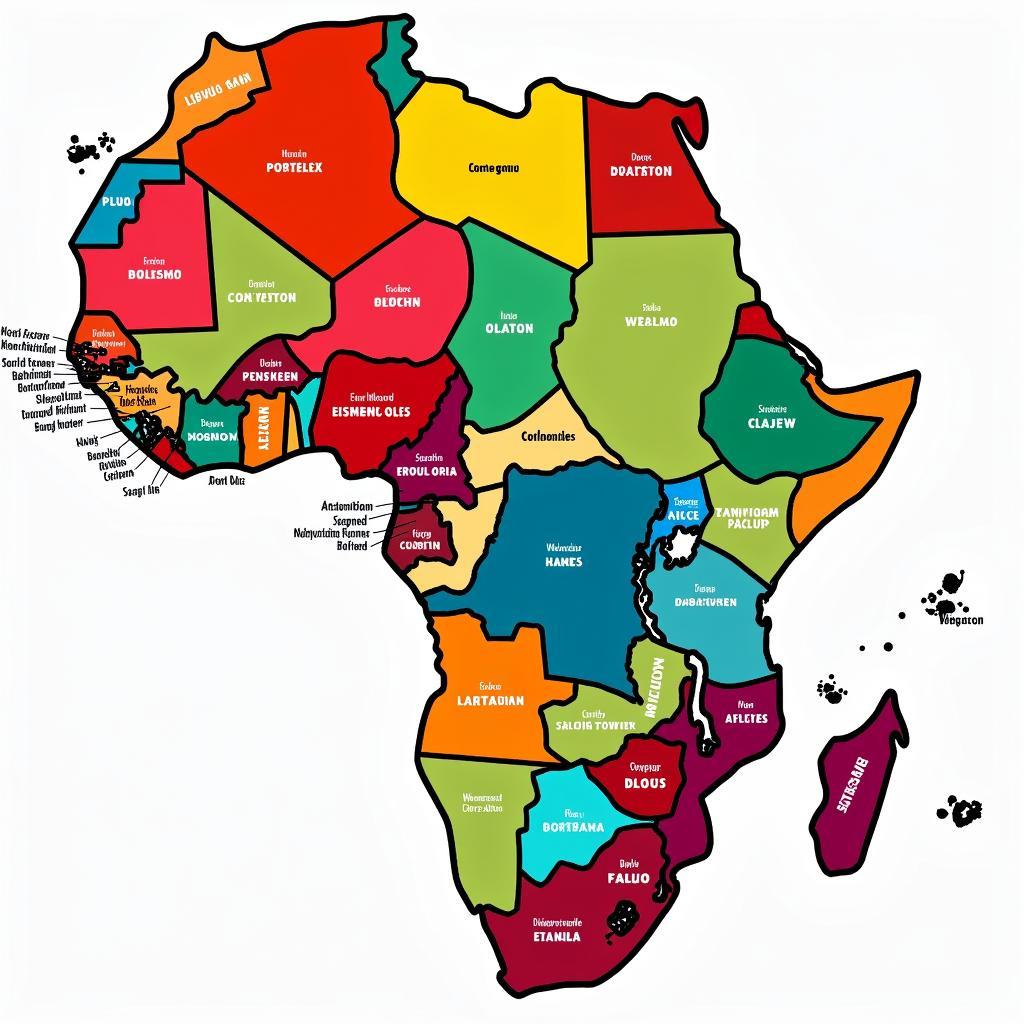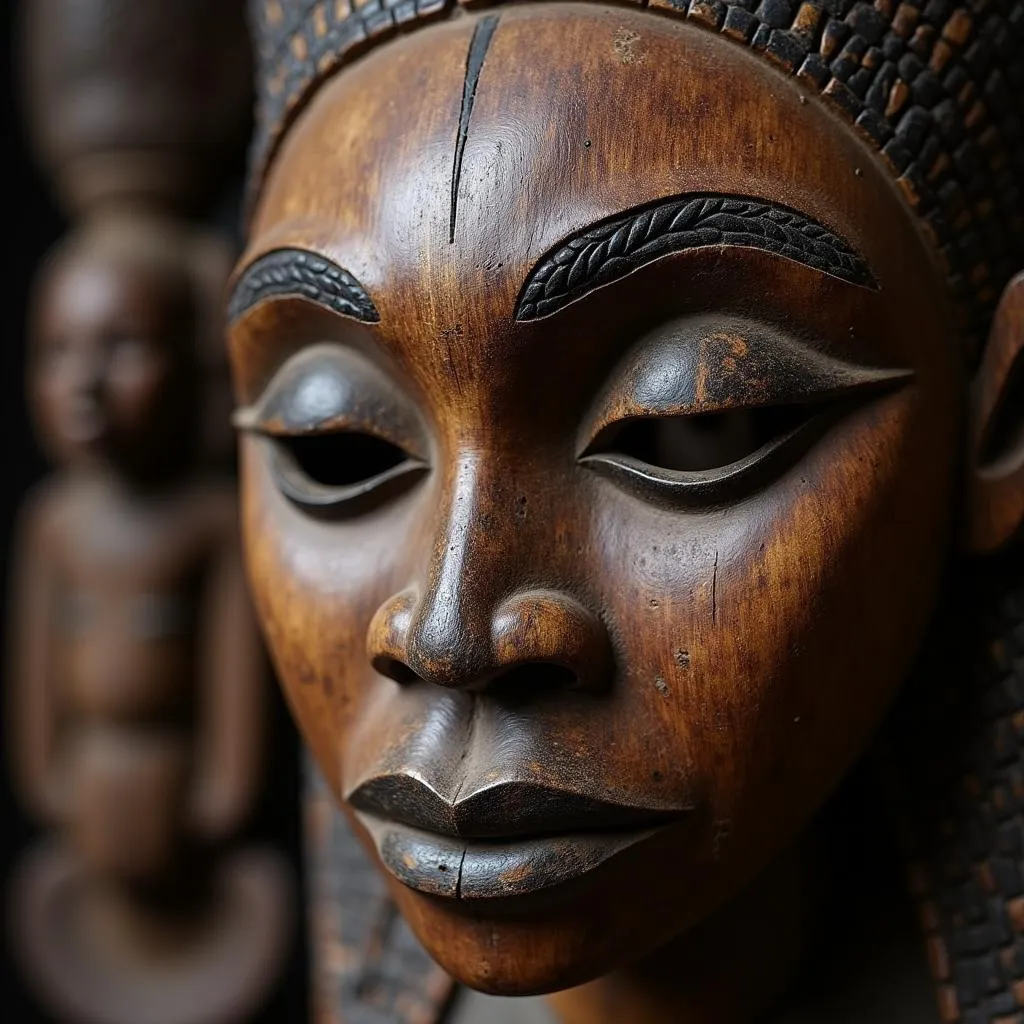African Cheetah Reintroduction: A New Hope for the Savanna
The African Cheetah Reintroduction, a complex yet hopeful endeavor, is gaining traction across the continent. These efforts aim to restore cheetah populations in areas where they have dwindled or disappeared, ultimately bolstering the delicate balance of the African savanna. But what does this process entail, and what are the challenges and triumphs of bringing these majestic creatures back to their rightful home?
The Importance of African Cheetah Reintroduction
Cheetahs, the fastest land animals on Earth, play a crucial role in maintaining healthy ecosystems. Their presence helps control prey populations, preventing overgrazing and promoting biodiversity. As apex predators, they influence the behavior and distribution of other animals, shaping the very landscape they inhabit. Unfortunately, due to habitat loss, human conflict, and the illegal wildlife trade, cheetah populations have dramatically declined. Reintroduction programs offer a vital lifeline for these magnificent creatures. One such initiative saw the translocation of African cheetahs to India, a project fraught with challenges but ultimately offering a glimmer of hope. african cheetah translocated to india
Challenges and Considerations in Cheetah Reintroduction
Reintroducing cheetahs isn’t simply a matter of releasing them into the wild. Careful planning and execution are critical to ensure the success of these programs. One key factor is selecting suitable habitat. The area must have sufficient prey, minimal human conflict, and suitable terrain. Another challenge is managing potential competition with other predators, like the African leopard, which may share similar prey and territories. african leopard Furthermore, monitoring the reintroduced cheetahs is crucial to understand their movements, behavior, and reproductive success. This requires dedicated teams of researchers and conservationists working tirelessly on the ground.
Why is genetic diversity important for cheetah reintroduction?
Genetic diversity is paramount for the long-term survival of reintroduced cheetah populations. A diverse gene pool makes the population more resilient to diseases and environmental changes. It’s crucial to select cheetahs from different source populations to maximize genetic variation in the reintroduced group.
“Maintaining genetic diversity is like having a strong foundation for a house,” explains Dr. Anika Moolman, a wildlife geneticist. “Without it, the population is vulnerable to collapse.”
Success Stories and Future Directions
Despite the challenges, several African cheetah reintroduction programs have shown promising results. In some areas, reintroduced cheetahs have successfully established territories, reproduced, and contributed to the restoration of the ecosystem. These successes highlight the potential of these programs to reverse the decline of cheetah populations. The transfer of African cheetahs to India demonstrates the international collaboration and ambition driving these initiatives. african cheetah to india Ongoing research and adaptive management strategies are essential to refine reintroduction techniques and ensure the long-term survival of these iconic predators. The differences between the African cheetah and the now-extinct Indian cheetah are also a point of study for these projects. african cheetah vs indian cheetah
How can local communities be involved in cheetah conservation?
Involving local communities is fundamental to the success of cheetah reintroduction programs. Education and outreach programs can foster understanding and tolerance for cheetahs, reducing human-wildlife conflict. Providing economic opportunities linked to cheetah conservation, such as ecotourism, can further incentivize communities to protect these animals.
“Cheetah conservation is not just about the animals,” states Joseph Ngalawa, a community conservation leader in Tanzania. “It’s about the people too. When communities benefit, cheetahs benefit.”
Conclusion: Securing a Future for the African Cheetah
African cheetah reintroduction is a complex and ongoing process, but it offers a beacon of hope for the survival of this remarkable species. Through careful planning, scientific research, community involvement, and dedicated conservation efforts, we can help ensure that cheetahs continue to grace the African savanna for generations to come. The successful reintroduction of African cheetahs is a testament to the power of collaboration and the unwavering commitment to preserving our planet’s biodiversity. african cheetah india
FAQ
- What is the main goal of cheetah reintroduction programs? To restore cheetah populations in areas where they have declined or disappeared.
- Why are cheetahs important for the ecosystem? They are apex predators that help maintain a healthy balance in the food chain.
- What are some of the challenges of reintroducing cheetahs? Finding suitable habitat, managing competition with other predators, and monitoring the reintroduced animals.
- How can local communities contribute to cheetah conservation? Through education, outreach, and participation in conservation initiatives.
- What is the significance of genetic diversity in cheetah reintroduction? It enhances the resilience of the population to diseases and environmental changes.
- Are there any successful cheetah reintroduction stories? Yes, several programs have demonstrated positive results, with reintroduced cheetahs establishing territories and reproducing.
- What is the future of cheetah reintroduction in Africa? Ongoing research and adaptive management strategies will continue to refine reintroduction techniques and improve the long-term success of these programs.
When you need assistance, please contact Phone Number: +255768904061, Email: kaka.mag@gmail.com Or visit: Mbarali DC Mawindi, Kangaga, Tanzania. We have a 24/7 customer service team.


